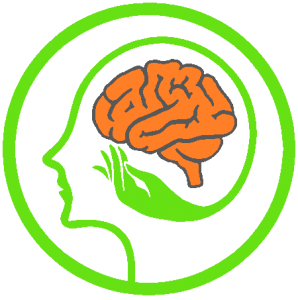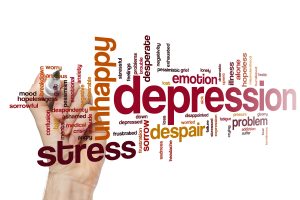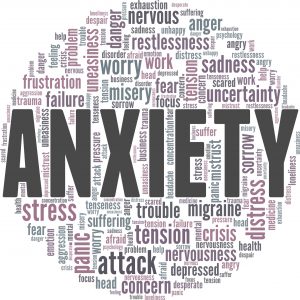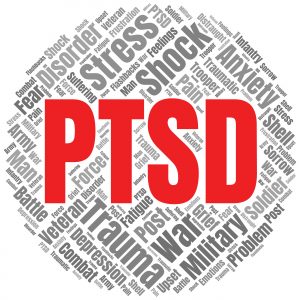Ketamine for Treatment-resistant Depression
Major depression is a debilitating medical illness characterized by an all-encompassing low mood accompanied by low self-esteem and loss of interest or pleasure in normally enjoyable activities. It can cause dramatic mental, physical, and social consequences by affecting daily activities such as sleeping, eating, or working. According to the 2016 National Survey on Drug Use and Health, an estimated 10.3 million U.S. adults (4.3% of the adult population) have had at least one major depressive episode with severe impairment.
While treatment is available, up to one third of patients will fail to respond to multiple drug treatment steps.1 Current pharmacotherapy is based on the monoamine hypothesis of depression that the underlying pathophysiologic basis of depression is a depletion in the levels of serotonin, norepinephrine, and/or dopamine in the central nervous system.

Treatment-resistant depression (TRD) is defined as depression that does not respond to two or more different antidepressant drugs. Current therapeutic options for TRD include Electroconvulsive therapy (ECT), Repetitive transcranial magnetic stimulation (rTMS), and Vagus nerve stimulation (VNS). ECT induces seizure activity by electrical stimulation of the brain while the patient is under anesthesia in order to cause changes in brain chemistry that can relatively quickly reverse symptoms of major depression. RTMS uses magnetic fields to stimulate nerve cells in the brain with an electromagnetic coil placed against your scalp that creates electric currents to stimulate nerve cells in the region of your brain involved in mood control and depression. VNS is a device implanted in your chest that stimulates the vagus nerve with electrical impulses which propagate to the mood centers of the brain.
However, the antidepressant effect of ketamine is short-lived, with the duration of response from 3-17 days.6 To extend the benefits of therapy, an initial induction period with multiple treatment sessions is recommended to reinforce benefits based on established dose frequency research: our intravenous ketamine protocol consists of 6 treatments over 2 weeks. At Awakenings, we will continue to work with your mental health professional or primary care provider to coordinate your care. After the induction period, maintenance therapy will then be tailored to individual patient needs if the response is appropriate; usually every 4 weeks (range between 3-6 weeks). It is important to emphasize that ketamine therapy is not a cure for depression and other mood disorders, however, it is a very effective management tool. While these treatments are revolutionary, we recognize that they represent only one part of the multi-modal therapy for psychiatric disorders. We will integrate care with the other members of your health care team to promote the best possible results.
Ketamine represents a novel approach to the treatment of depression (see our section on ketamine and the glutamate system). Most of the research concerning ketamine for the treatment of mood disorders is derived from studies involving ketamine for treatment-resistant depression. Early studies of animal behavior models of depression found that intravenous ketamine exhibited antidepressant effects.2 The first human clinical trials in 2000 described “robust decreases in depressive symptoms” from intravenous ketamine therapy.3 The antidepressant effects of ketamine for treatment-resistant depression were originally described as “rapid and robust”4 and have been substantiated in many subsequent trials. In addition, a single dose of intravenous ketamine has been shown to rapidly decrease suicidal thinking.5 Recently, esketamine (derived from ketamine) has been FDA approved for use in treatment-resistant depression. The major difference is that esketamine is available as an intranasal spray.
Please contact us if you wish to become a client of
Awakenings Infusion Center of North Carolina
- Rush A, Trivedi M, et al. Acute and Longer-Term Outcomes in Depressed Outpatients Requiring One or Several Treatment Steps: A STAR*D Report. Am J Psychiatry. 2006 Nov; 163(11): 1905-17.
- Mathews D, Henter I, Zarate C. Targeting the Glutamatergic System to Treat Major Depressive Disorder: Rationale and Progress to Date. Drugs. 2012 July 9; 72(10): 1313-1333.
- Berman R, Cappiello A, et al. Antidepressant Effects of Ketamine in Depressed Patients. Biol Psychiatry. 2000 Feb 15; 47(4): 351-4.
- Zarate C, Singh J, et al. A Randomized Trial of an N-methyl-D-aspartate Antagonist in Treatment-Resistant Major Depression. Arch Gen Psychiatry. 2006 Aug; 63: 856-864.
- Lee J, Narang P, et al. Use of Ketamine in Acute Cases of Suicidality. Innov Clin Neurosci. 2015 Jan-Feb; 12(1-2): 29-31.
- Singh J, Fedgchin M, et al. A Double-Blind, Randomized, Placebo-Controlled, Dose-Frequency Study of Intravenous Ketamine in Patients with Treatment-Resistant Depression. Am J Psychiatry. 2016 Aug; 173(8): 816-826.




